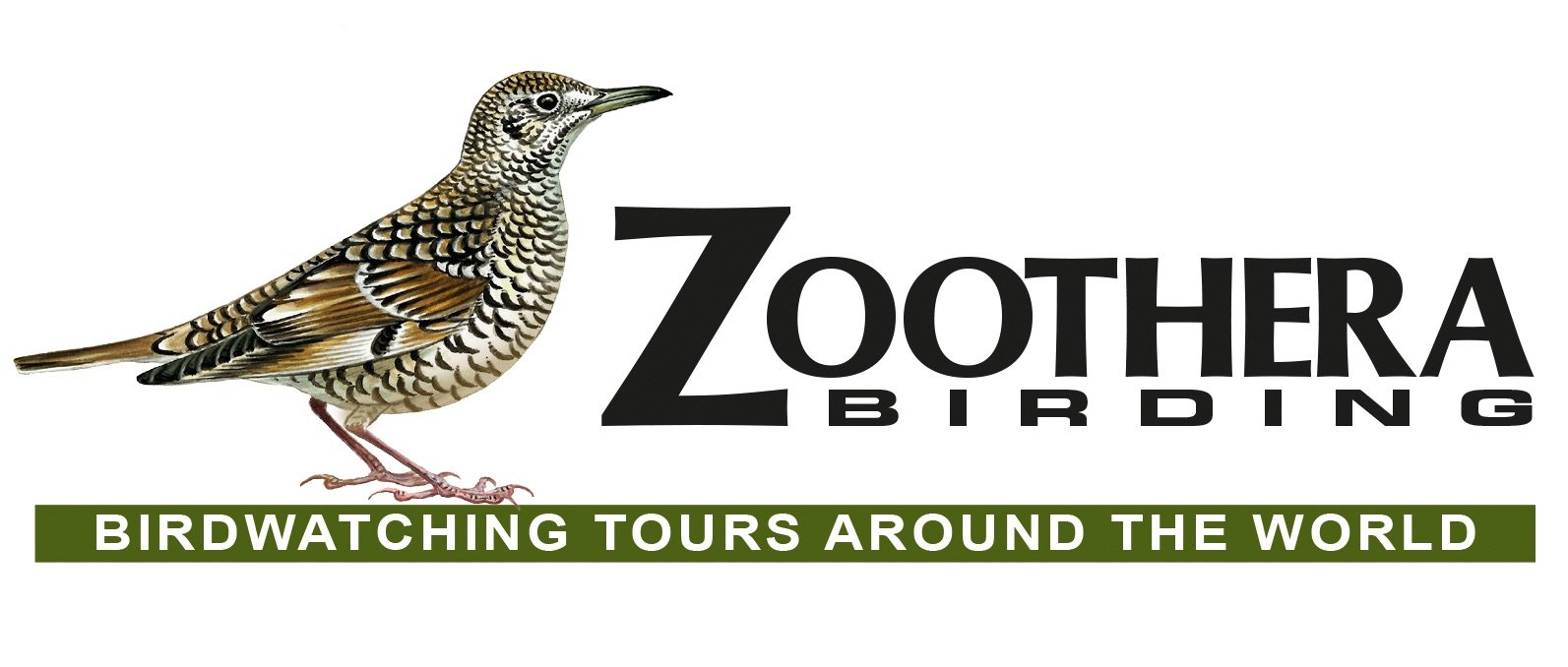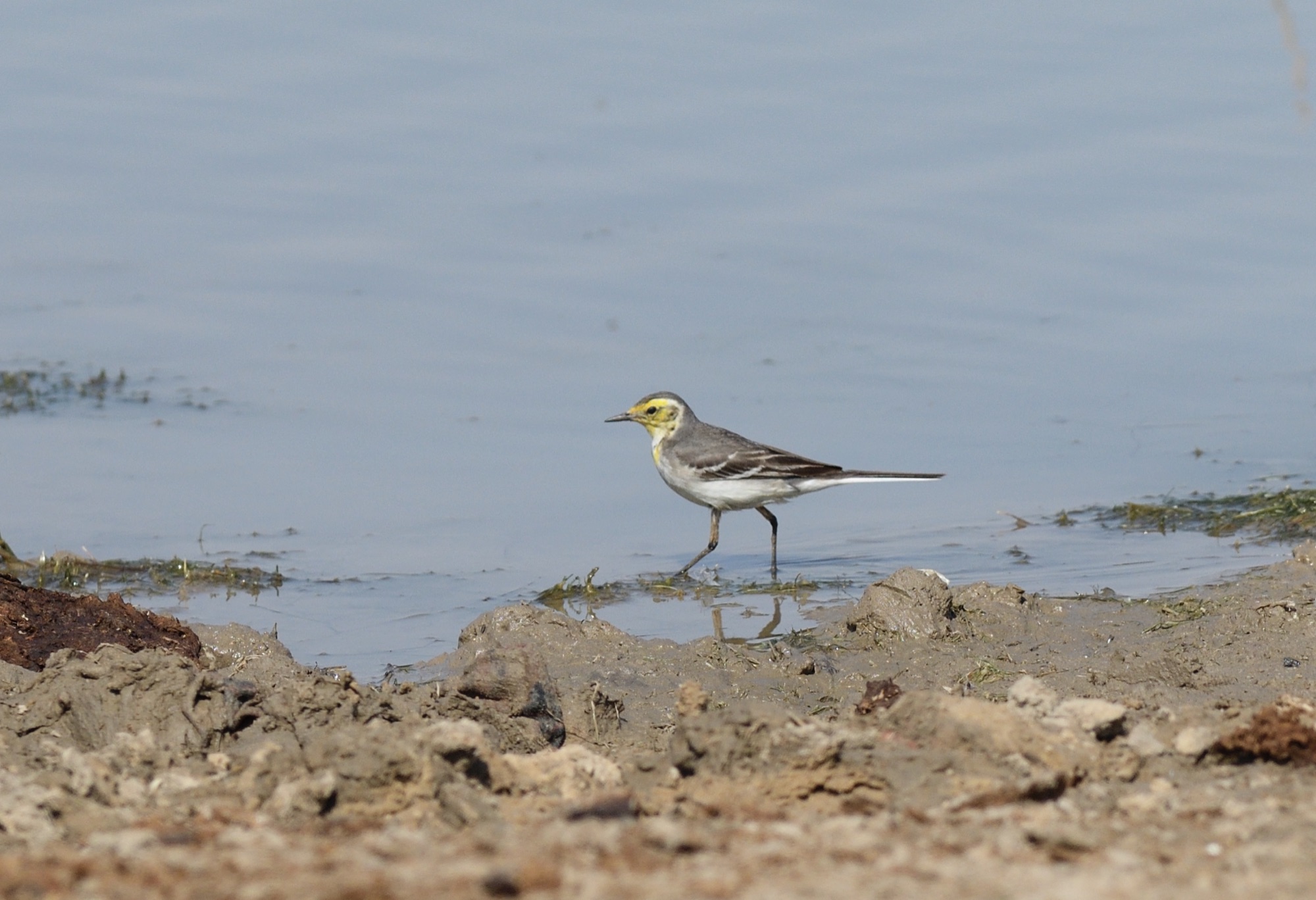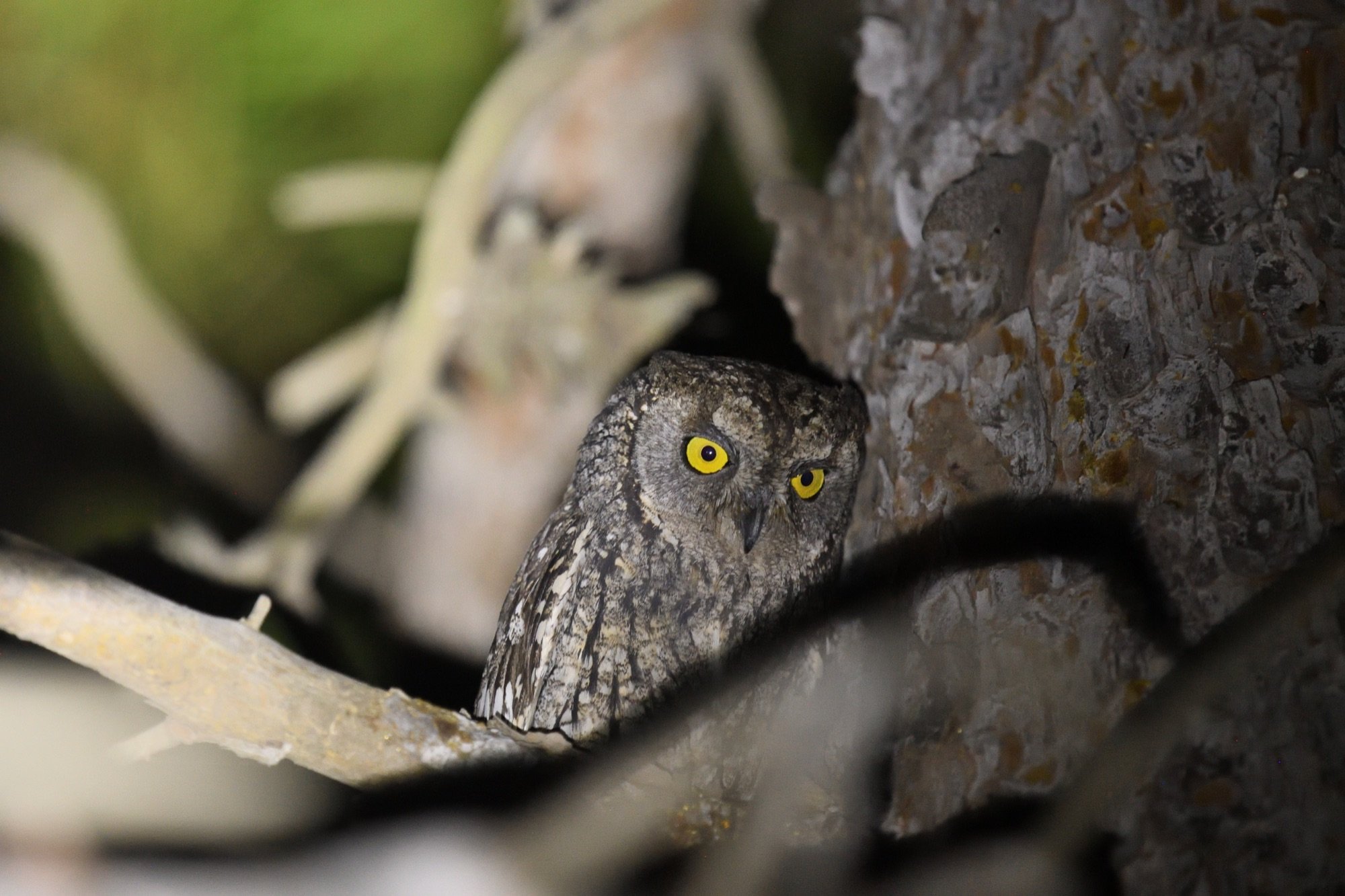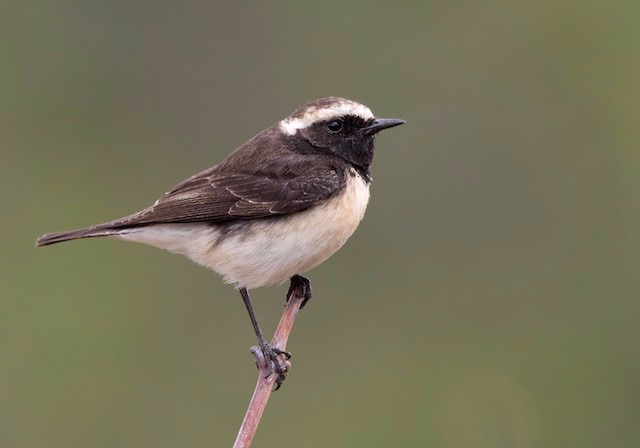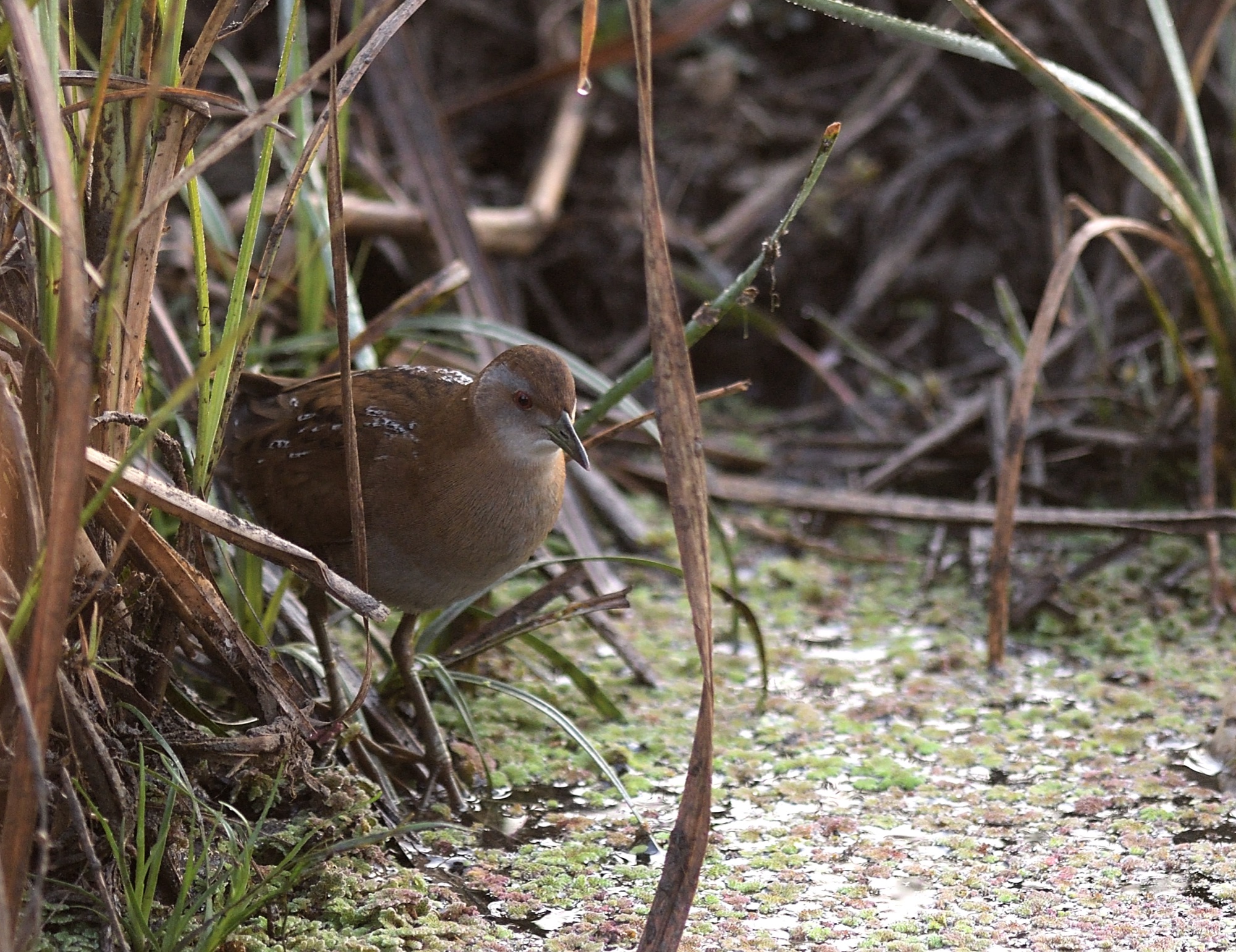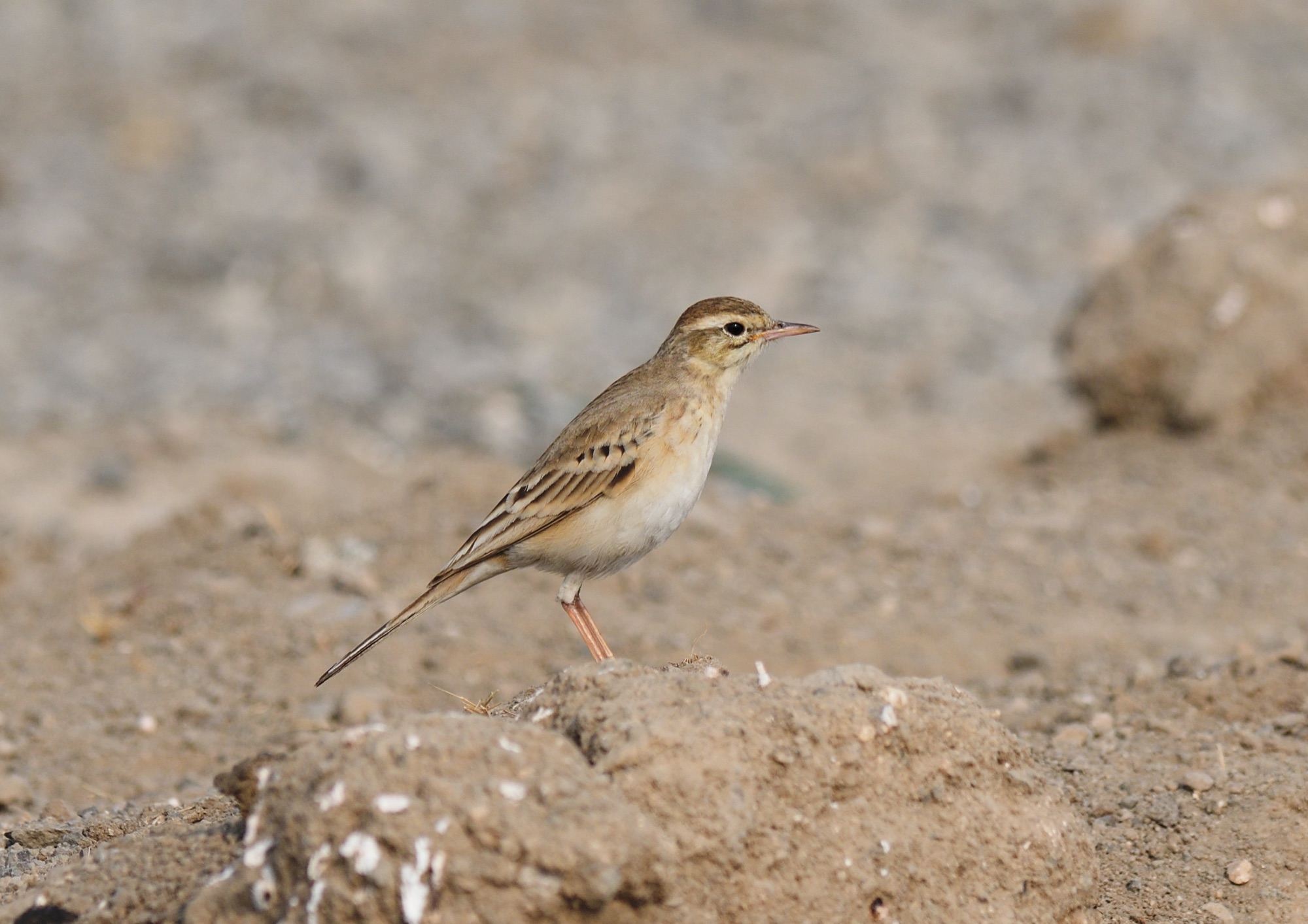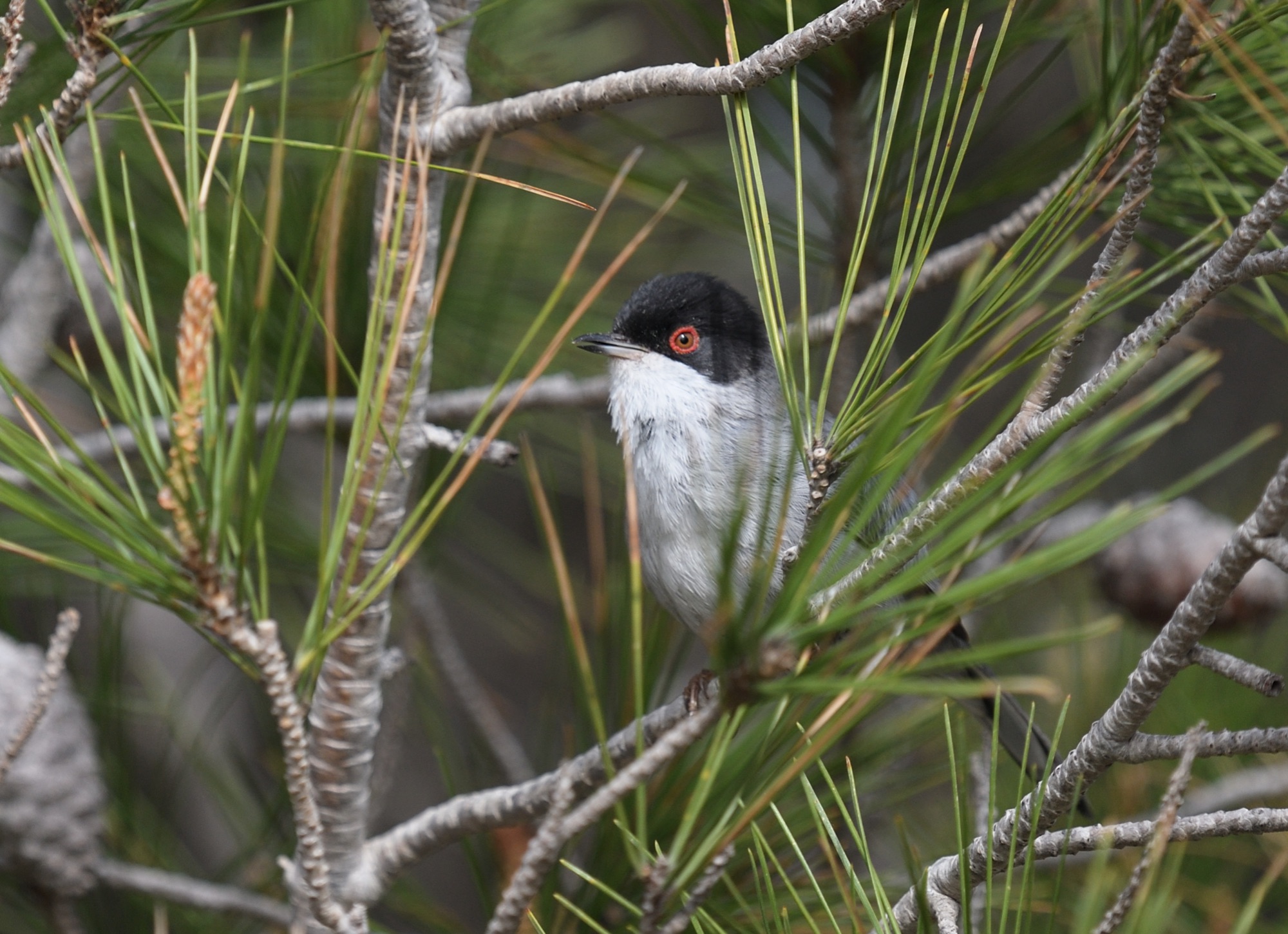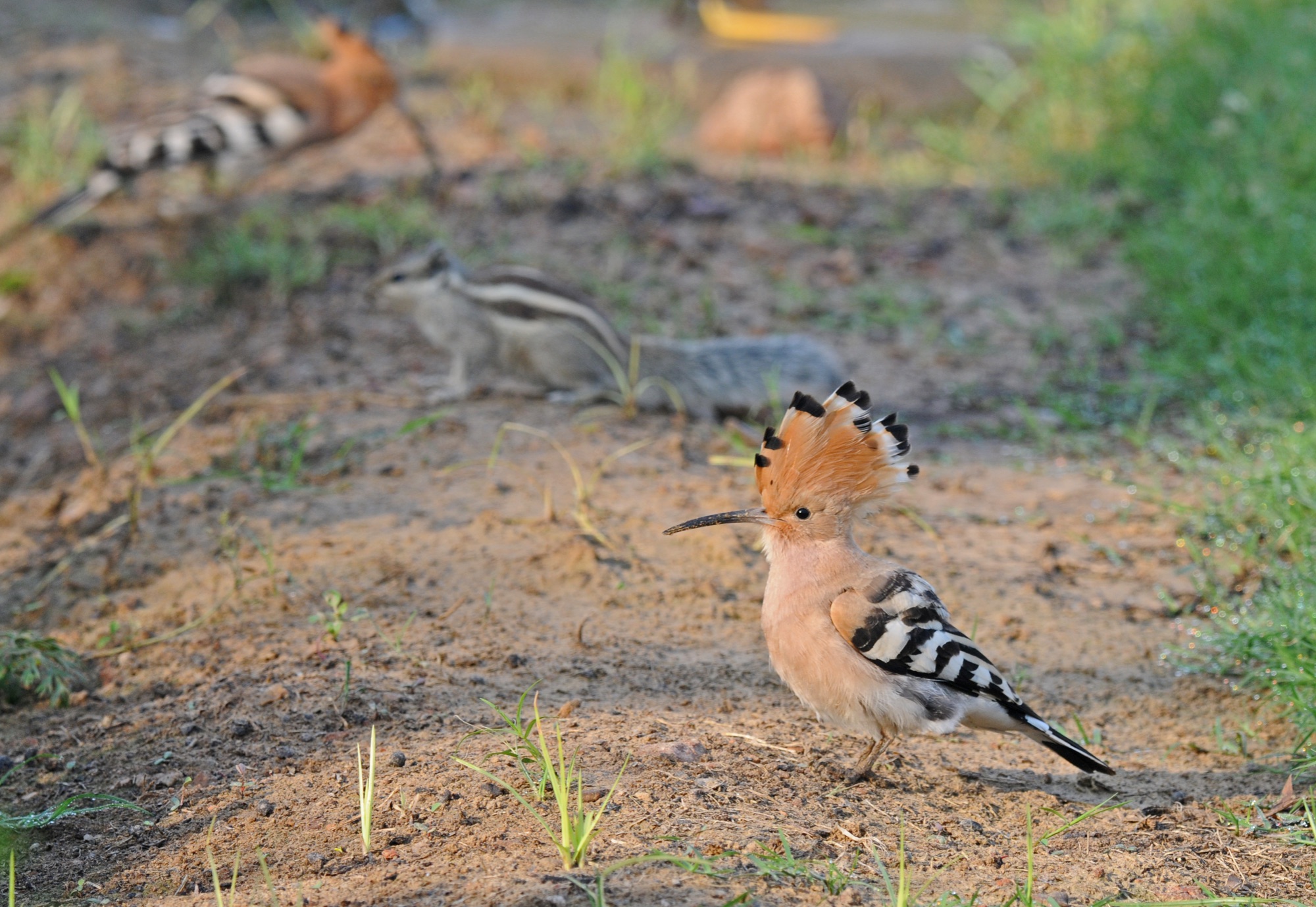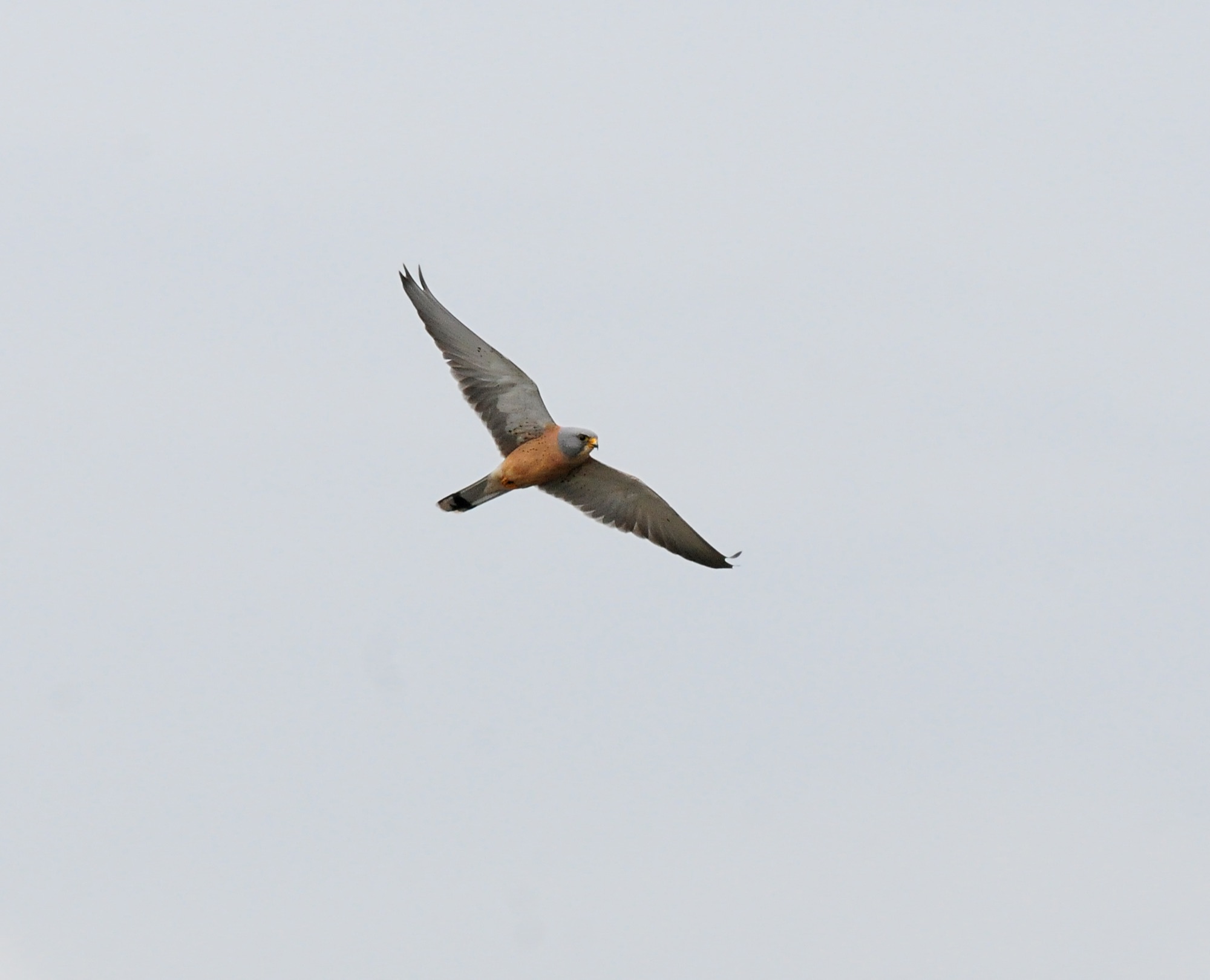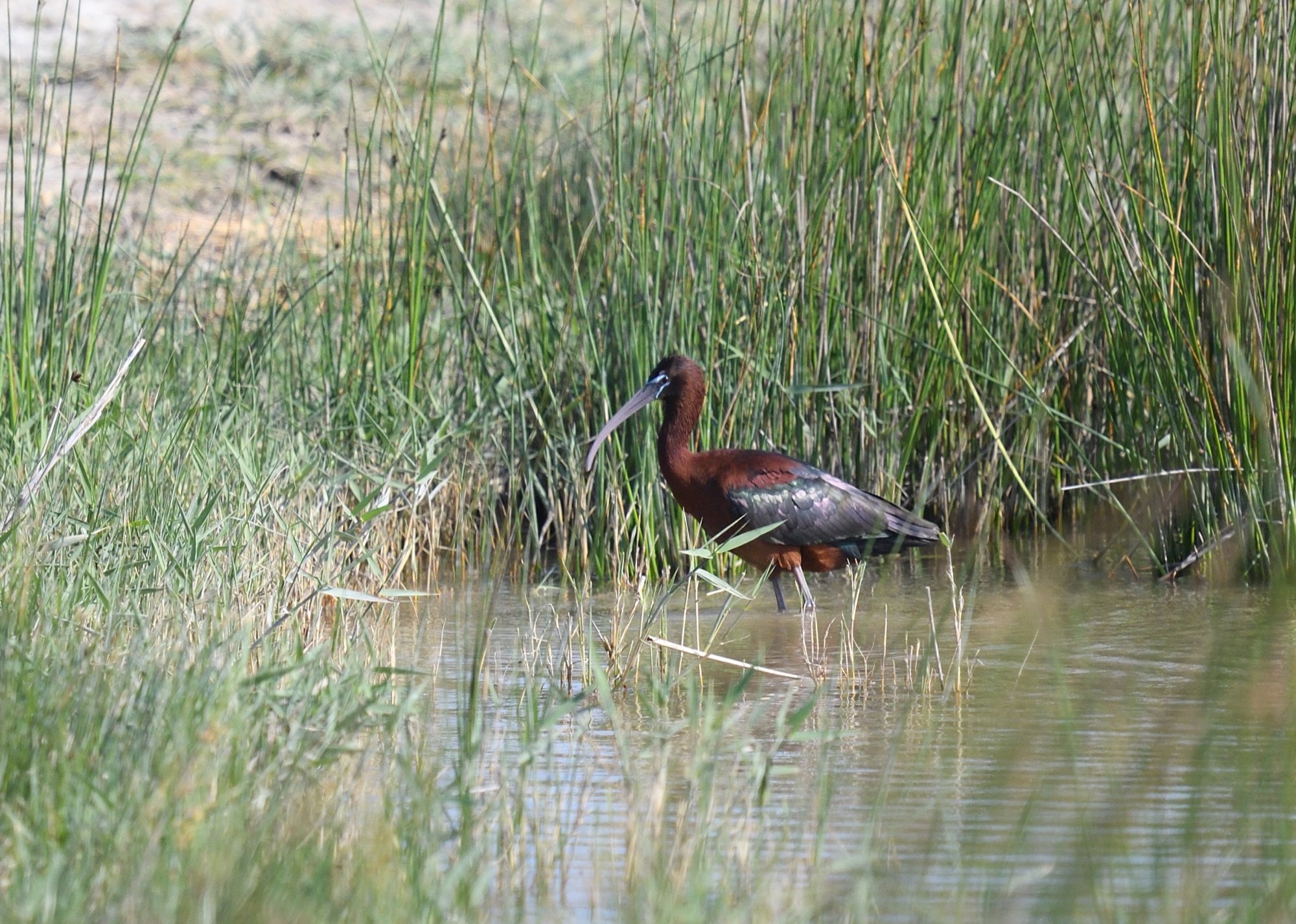CYPRUS HOUSE PARTY - SPRING MIGRATION AT ITS BEST!
Day 1 ARRIVAL IN PAPHOS - 26th March
Arrival in the evening and you will be met and transferred to our private villa, some 45 minutes drive away where you will be greeted with a cold beer or cool glass of wine or three and the first of many fine meals!
Days 2 - 7 PAPHOS - AKROTIRI SALT LAKE - TROODOS MOUNTAINS
Waking up abroad on the first morning is always one of the most exciting aspects of any birding trip, so we'll head to a nearby reservoir just a few minutes away and follow a dirt track for maybe a kilometre. This walk will give us a good introduction to the birds of the eastern Mediterranean and we could see Chukar, European Turtle Dove, Long-legged Buzzard, European Roller, European Bee-eater, Eurasian Hoopoe, Great Spotted Cuckoo, Eurasian Crag Martin, Red-rumped Swallow, Crested Lark, Sardinian Warbler, Hooded Crow, Eastern Olivaceous Warbler, Spanish Sparrow and Corn Bunting amongst others. This site can give a good indication if today is a good migration day, and if that's the case then we will head to nearby Paphos Headland, as it could be amazing! If there's water in a nearby stream then we have chances of seeing either Little, Baillon's or a Spotted Crake. We will also check out Asprokremnos Dam, another decent site for crakes, as well as marsh terns such as Whiskered, White-winged and Black Terns, as well as a wide selection of spring migrants.
If we didnt see either of the star endemics Cyprus Pied Wheatear and Cyprus Warbler on our first morning excursion. we will then visit a number of sites that are good for both species and hopefully get our first views of them. Don't worry though, as we will work on improving our views of these stunners during the course of the week.
A short drive away is Paphos Headland, one of the prime migration sites in Cyprus. Anything could turn up here and we will make several visits during the course of our week. There is a variety of habitats here to shelter migrants and possibilities include Common Quail, Red-backed Shrike, Isabelline Wheatear, Collared Flycatcher, Semi-collared Flycatcher (rare), Eastern Olivaceous, Spectacled or Ruppell's Warblers, Red-throated Pipit, and both Ortolan and Cretzschmar's Buntings, along with a variety of commoner spring migrants such as wheatears, redstarts, flycatchers and warblers. It's an exciting area and we are hopeful of finding a bunch of good birds here!
Also close to our villa is Cape Drepanum, another relatively underwatched headland that can be good for migration. It can be excellent for larks, pipits and wheatears, as well as Black Francolin, whilst Yellow-legged Gull breeds offshore.
The Akamas Peninsula, in the north-west corner of the island is also worth checking for Scopoli's and Yelkouan Shearwaters passing ofshore, and this is perhaps our best shot at seeing Audouin's Gull on this trip. Migrants could include a variety of herons, egrets and passerines depending on weather conditions and availability of 'wet' areas. Chances of finding our own rarity are pretty high here!
Further along the coast are many more areas to check for migrants, and one spot in particular seems to be fairly reliable for Lesser Kestrel and Red-footed Falcon. With a number of great areas to check, we will visit as many as we can (often repeatedly) and should pick up Eastern Black-eared Wheatear, Woodchat, Masked and Lesser Grey Shrikes, Greater Short-toed Lark, Sardinian Warbler, Tawny Pipit and Eastern Bonelli's Warbler amongst others. Rarities and really scarce species seen over the years include Pied Kingfisher, Calandra, Bimaculated and Lesser Short-toed Larks,
We will also explore the Troodos Mountains where we can find a few endemic subspecies (for insurance purposes) - Short-toed Teecreeper, Coal Tit, Eurasian Jay and Common Crossbill. And whilst up in the hills we could also see Bonelli's Eagle, European Honey Buzzard, Northern Goshawk, Masked Shrike, Pallid Swift and Blue Rock Thrush amongst others.
There are numerous reservoirs and other migration sites within 45 minutes of our villa and we could realistically see Stone Curlew, Little Owl, Montagu's Harrier, Bonelli's Eagle, Long-legged Buzzard, Garganey, European Roller, the stunning Masked Shrike, Red-rumped Swallow, Golden Oriole, Bluethroat, Lesser Grey Shrike, Eastern Olivaceous Warbler, Black-headed Bunting and a full assortment of other more common Mediterranean birds including Spanish Sparrow and Corn Bunting,
A little further away is Akrotiri Salt Lake with its Greater Flamingo's, and where shorebird migration will be in full swing with species such as Dunlin, Kentish Plover, Ruff, Wood, Green, Marsh and Curlew Sandpipers, Little and Temminck's Stints, and sometimes even Greater Sandplover all possible. It's a place i'd like to get to early on a couple of morning as the site can be alive with numerous species such as Black Francolin, Purple Herons, Cattle and Little Egrets, Little Bittern, Glossy Ibis, Black-winged Stilt, Eurasian Hoopoe, Western Yellow Wagtails, Zitting Cisticola, Crested Lark and Cetti's Warbler, whilst Western Marsh Harriers and Eurasian Hobby patrol the skies. Around the area we could also find Slender-billed Gull, Little, Spotted and Baillon's Crakes, Spur-winged Lapwing, Yellow-legged Gull, Black or White-winged Terns, flocks of European Bee-eaters, Greater Short-toed Lark, Great Reed Warbler, Black-headed & Citrine Wagtails and Serin. This site is amazing and literally anything is possible and may well provide our best hope of finding a rarity. If we are going to see a Blue-cheeked Bee-eater or even a Cream-coloured Courser, then this area is THE place to find one, although a ghostly Pallid Harrier quartering the marshes is more likely, and what about a Great Snipe?!
There's a lot to see and do during our time on the island but we aim to keep it very relaxed and above all safe.
Day 8 CYPRUS - END OF TOUR - 2nd April
A full morning's birding will allow us to attempt to catch up with any species we still need, followed by lunch back at the villa. Around 4/5pm we will take you to the airport for your flight back to the UK.
